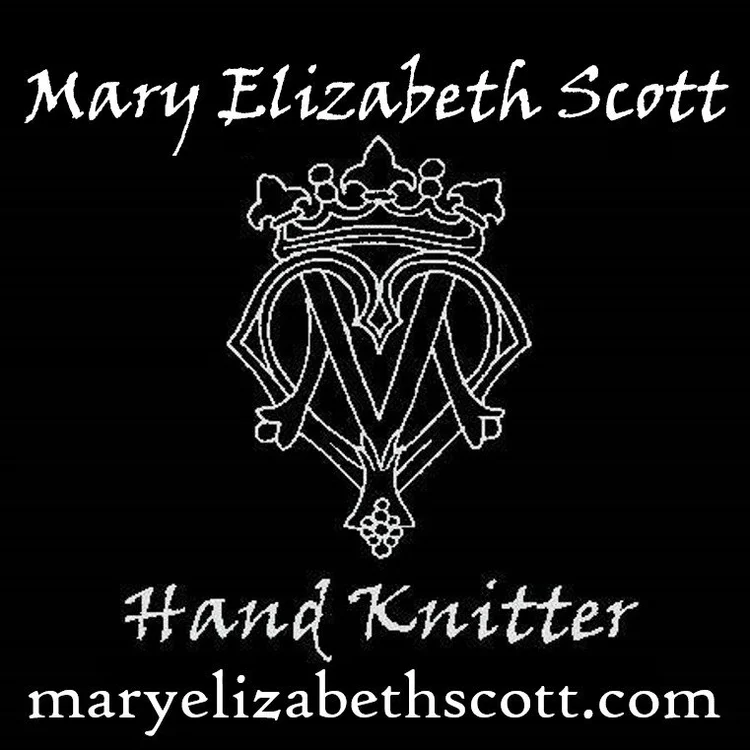Auditions and callbacks
I’ve been doing a fair bit of mental noodling about Campbell’s Aran sweater, now that the yarn is ready. As always, there are some considerations that will inform my design choices. Conferring with my client, we arrived at the following for the basic silhouette:
Garment Silhouette
As you can see, it’s pretty traditional, with Campbell’s favorite elements included to personalize it. Specifically, he requested shoulder saddles and a shawl collar. It wasn’t till I sat down to sketch it that I realized: I don’t think I’ve ever seen shoulder saddles and a shawl collar on the same sweater. There’s no reason not to do it - I just think it’s a bit uncommon. So is Campbell, though, so there you have it.
Design Elements
Of course, if there are shoulder saddles, I insist that they continue all the way down the sleeves and into the cuffs. Because if it’s not sexy, why bother? Also sexy is when the body cables extend down into the lower edge treatment, through careful planning. Add that one to my list of requirements. There may or may not be a closure of some sort where the collar overlaps. We shall see, but you know me: If there’s a place to put a button, buckle or tie, I’ll find it.
Cable Styles
Cam also had some opinions about the styles of cables he likes: Honeycombs and twists more than geometrics and braids. And finally, we agreed that I could add some special motifs that would be secret messages to him from his mom, but that they would be somewhat hidden, in panels at the sides. More to come on the secret message motifs!
Construction (knitter’s safety)
Before losing my heart to any particular cable(s), I wanted to sort out some construction details. I *MAY* have mentioned that this will be a big sweater. And by “big” I mean “as seen from space”. The amount of fabric in it will require some structural support. For that, I’ll be relying on seams.
At first the idea of seams made me sad, as I prefer to work circularly whenever I can. But on reflection, I realized that swinging a 56-inch sweater around in circles is actually much more work, physically, than working the pieces one at a time. Aside from eliminating seam-sewing, the main advantage to knitting in the round is that you don’t have to work wrong-side (purl) rows. But while that’s true for stockinette knitting, cable knitting has just as many purl stitches on the front as the back side of the work. Knitting separate pieces will also work well for bottom-up construction. I’m choosing that this time so I won’t have to reverse-chart any cables, which can be an adventure/aneurysm.
Another thing I’m thinking about is the cable(s) I’ll choose for those shoulder straps. Yes, they’re dreamy, but they also have to support the weight of the entire sweater. I’m leaning toward something dense, without too many rows between crosses. Otherwise they might stretch laterally, allowing the whole garment to drag out of shape.
In addition the construction, I’m considering scale. I started shopping for cables in my stitch dictionaries with an eye to the sizes, as well as the styles. I’ve got a lot of blank space to fill, without using too many different cables, and without having to repeat elements too frequently. While I will use varied widths, I want the effect to be proportionate to the garment as a whole.
Swatching
With all those ideas in place, I shopped just about every book about cables that I own. Once I found the contenders, I swatched. A. LOT. The paper tags in the photos below are to remind me where I found each chart, and of its stitch count, row count and measurements. Swatching each element and laying them out in order is the best way for me to predict how they will fit and measure together in the actual sweater. I’m sure there are knitters who can accomplish this using math, but I’m not one of them.
This one’s a clear winner for the center front panel. It needs borders on either side to keep it company though.
I remembered this little number from a different book. Its row count is perfect, and there’s a lovely reverse of it for the other side (didn’t bother swatching the reverse). And then I added a wee 4-st twist to border the works and divide it from the next panel:
Which will be Cam’s requested Honeycomb. It took a few tries to get a width I like but I love it juxtaposed with the rope-y center twist. Bonus: it’s un-thinky to knit, and the row count also works well with its neighbors.
And now for the important stabilizing shoulder saddles. I like this firm plait for the job. I can also easily widen it if need be.
Here’s a combo I made up to border the shoulder saddle. I don’t love it yet and still need to try again. Adjacent to that is the filler stitch I’ll be using throughout: Mini Honeycomb. It’s fun to knit (no cable needle required!) and the fabric is both fluffy and flexible. I’m a fan.
This is the swatch collection (only those making the first cut - there are MANY others I deemed not groovy) so far. On the left are some contenders for the “secret message” side panels…To be continued.
So that’s the state of Campbell’s Aran at the moment. How do you like to plan your cables, Gentle Readers? Please share your process in the comments!







